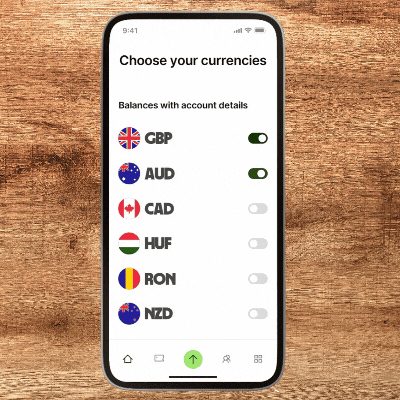Launched in 2010, Transferwise was originally a service for international money transfers. They changed their name to Wise in 2021 to reflect their broader range of financial services which now also includes a multi-currency account and travel debit card.
Together you can easily and inexpensively do almost everything in 40 currencies and they are available in 160 countries. Apart from transfers, you can do things like hold multiple currencies in various wallets, generate virtual bank details for many countries (to get paid without opening a bank account), and pay by card anywhere in the world in your preferred currency.
Ultimately, Wise is a great solution for travelers, digital nomads, expats, immigrants and basically anyone who needs to manage their money across borders.
But, Wise is not always the best solution for some things and despite using them personally for many years, I don’t use them for everything.
In this Wise Review, I am going to focus on Wise as a whole including some specifics for money transfers.
Pros
- Highly rated by 3rd party review sites
- Available in the US, Canada, UK, Eurozone, Australia, New Zealand
- Send money to over 160 countries
- Transparent and low fees
- Available for both personal and business
- Offers a multi-currency account and Mastercard debit card
Cons
- No cash transfers
- Although Wise can transfer large amounts, you are generally limited to support via email up to £80,000 (or equivalent to approximately $96,000 USD, $144,000 AUD)
1. What Is Wise?
For many people, Wise is replacing many things banks did – like getting paid and paying for things in multiple currencies in addition to transferring money but because they are not an actual regulated bank they often do things better and cheaper because they are far more efficient.
On the other hand, they are still regulated in many countries and that means they have a different set of challenges.
2. How Wise Works
2.1 Money Transfers
Many services are able to transfer money, but Wise is a step up in many ways. As expected, you can make international money transfers (click to check details for your country) to your accounts or to third-party accounts.

Where Wise stands out is not just its low fees but its excellent user experience. For example, you can link your bank account to Wise for one-click transfers. This seemingly small feature makes transfers much easier and quicker than their competition. And if that doesn’t appeal, you can still make manual bank transfers to a Wise account in your country. In fact, they give you lots of ways to fund transfers including credit cards which you won’t find with many other providers.
And you can manage your transfers through the Wise app online. Simply choose your two currencies and enter either the amount you want to send or the amount that the recipient should receive. Wise will make the calculations based on the mid-market exchange rate and show you the exact fee (Usually 0.39% – 2.5% of the amount in total fees). When you accept, this rate is locked in for a set period of time depending on the country where you are sending the money from.
Then their system tracks exactly where your money is and notifies you by email and online.
2.2 Managing Multiple Currencies

When you join Wise, you are automatically eligible for a multi-currency account which is free. When you open the Wise app, these will appear as currency wallets with options to add, send, and convert money, and even set up direct debits. You can also open Jars within your wallets to separate money into different pots.
While you can open wallets in any of the 40 currencies that Wise supports, there are ten currency wallets that also provide you with a valid local bank account number. These currencies are AUD, CAD, EUR, GBP, HUF, NZD, RON, SGD, TRY, and USD. You can use these wallets as a local bank account for that country. For example, if you are in Australia on a working holiday visa, you can use your Wise AUD account to receive your salary. If you are a freelancer working for a US company, you can use your Wise USD account for accounts receivables.
